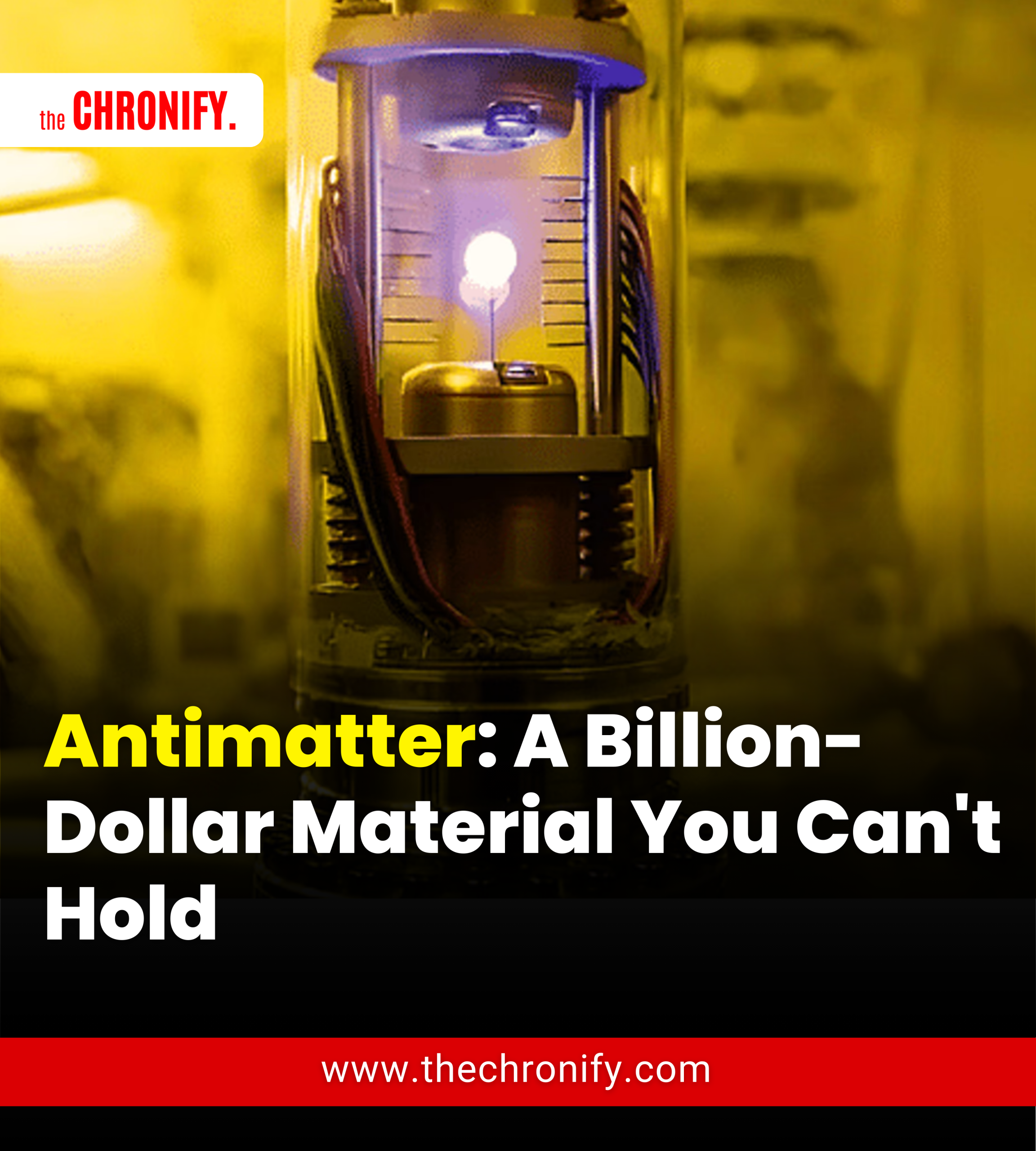Antimatter: The Most Expensive Substance Ever Created
When it comes to the most expensive material on Earth, guesses often range from diamonds to uranium — or even whimsical answers like love or printer ink. But the real champion is far more exotic: antimatter, valued at an astonishing $62.5 trillion per gram.
Antimatter isn’t a natural mineral or a rare earthly treasure. It’s something we have to create — painstakingly — through advanced scientific processes. This synthetic marvel explains why its price tag is beyond imagination.
What Exactly Is Antimatter?
Our universe is built from protons, neutrons, and electrons. In 1930, physicist Paul Dirac proposed the existence of mirror-image particles: antimatter. For every particle, like an electron, there’s an opposite — in this case, a positron, identical in mass but carrying an opposite charge.
When matter meets antimatter, they annihilate each other, releasing massive amounts of energy based on Einstein’s famous formula, E=mc². A matter-antimatter collision unleashes energy millions of times more powerful than chemical explosions and thousands of times stronger than nuclear blasts.
How Scientists Create Antimatter
Creating antimatter isn’t easy. Scientists began by focusing on the simplest atom — hydrogen — consisting of one proton and one electron. Its antimatter equivalent, antihydrogen, pairs an antiproton with a positron.
In 1995, CERN made history by producing the first antihydrogen atoms. These fragile particles immediately faced annihilation if they touched ordinary matter, prompting researchers to develop groundbreaking containment methods. By cooling the antihydrogen to near absolute zero, they managed to trap it for more than 15 minutes in 2011 — a huge scientific breakthrough.
Why Is Antimatter So Expensive?
Producing antimatter demands the most advanced machinery ever built. CERN’s Large Hadron Collider cost nearly $5 billion to construct and requires $1 billion annually to operate. Its 10-mile ring of magnets must be supercooled with liquid helium, and particle collisions demand electric power equivalent to a small city’s consumption.
Moreover, creating just one atom at a time is painstakingly slow. At current production rates, it would take 100 billion years to make just one gram of antimatter. Add the mind-boggling energy costs and infrastructure requirements, and it becomes clear why antimatter is the ultimate luxury — a true scientific treasure beyond financial reach.

